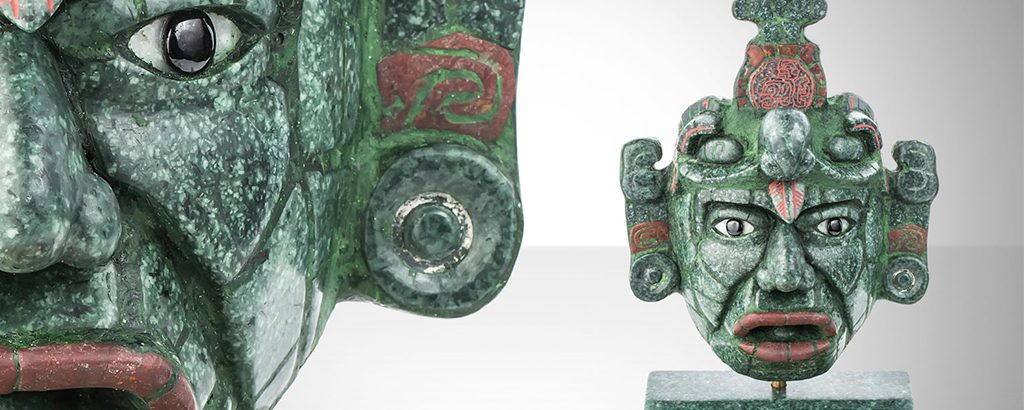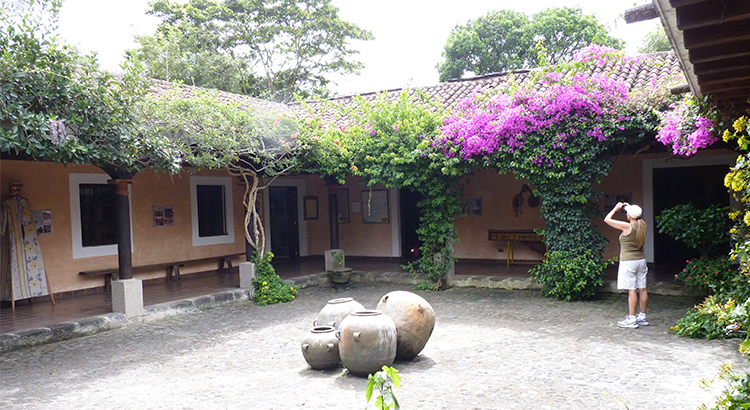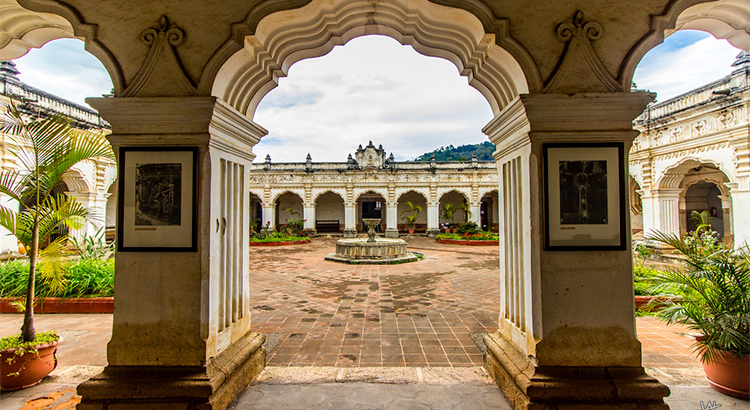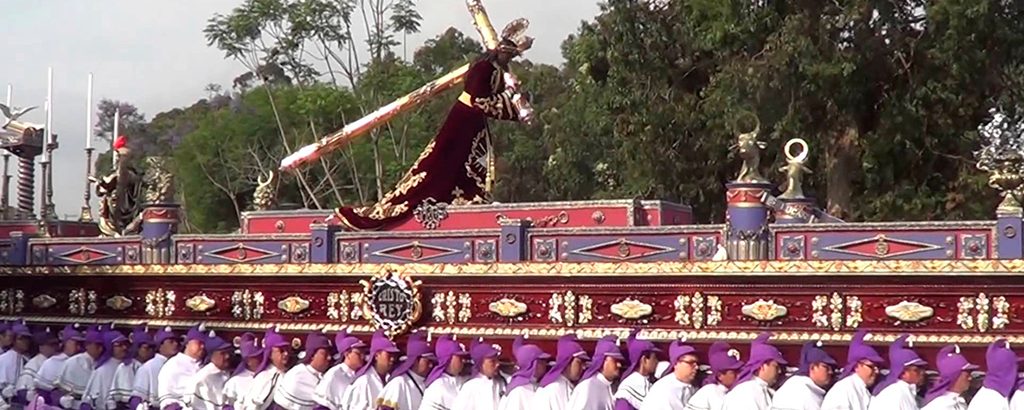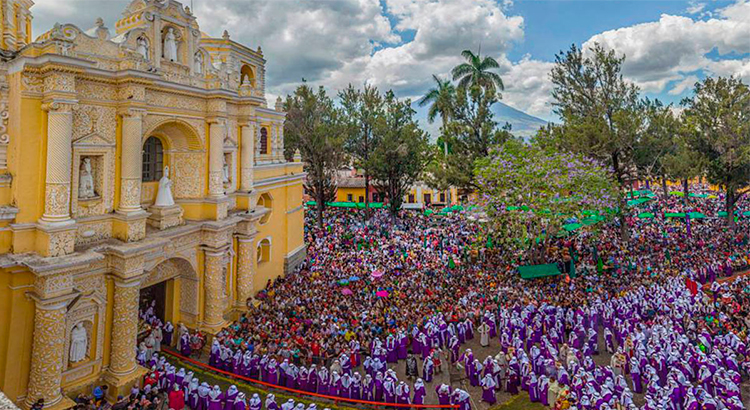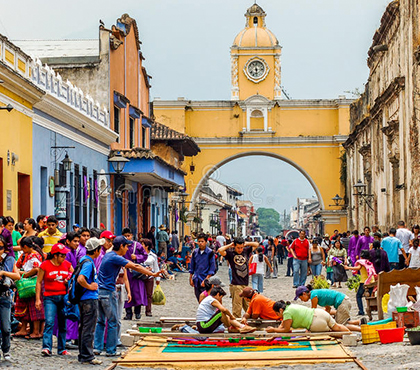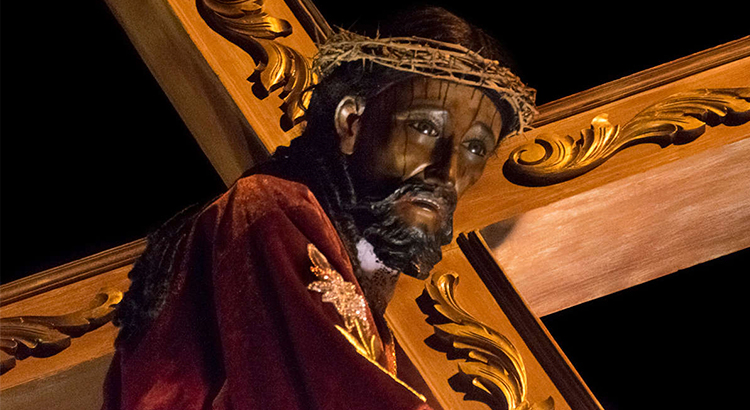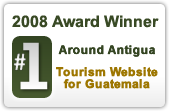
Antigua Guatemala - Historia local
Antigua Guatemala, en el departamento de Sacatepéquez, (Cerro de Hierba), puede ser la ciudad colonial más destacadas y mejor conservada en la América española. Los turistas visitan Antigua Guatemala cada año en todo el mundo para disfrutar de sus bellezas naturales y monumentos históricos. El estilo colonial español impregna cada parte de la ciudad: sus casas, iglesias, plazas, parques y ruinas, también sus tradiciones y el folclore. Antigua es una ciudad de encanto y color donde se puede ver y comprar una abrumadora variedad de atractivos, productos hechos a mano que hacen honor a las tradiciones de generaciones de artesanos.
El clima templado de Antigua Guatemala y lo amistoso de sus habitantes dan la bienvenida a los visitantes, la ciudad cuenta con todos los servicios necesarios: hoteles sofisticados, cafés y restaurantes (con menús tradicionales e internacionales), bancos, tiendas, cafés Internet, agencias de viajes, escuelas de español y galerías de arte de la más alta calidad.
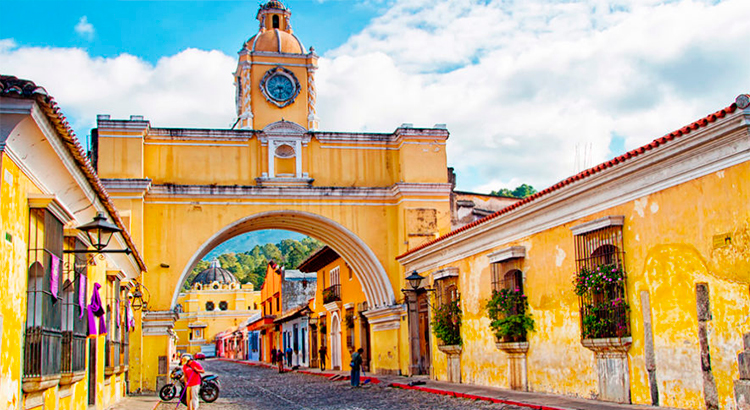
Antigua se encuentra en un valle de montaña (1500 metros) dominado por el espectacular volcán de Agua (3765 metros de altura). Un poco más lejos están otros dos volcanes Acatenango y el siempre activo y a veces en erupción, el Volcán de Fuego. Las ciudades y pueblos vecinos como Ciudad Vieja, Jocotenango, San Juan El Obispo, Santa María de Jesús, San Bartolomé Milpas Altas y Barahona Santa Catalina. Cada una de estas ciudades se merece una visita, aunque sólo sea para ver sus iglesias coloniales históricas o a los pobladores en sus actividades diarias.
La cocina de Antigua Guatemala ofrece una combinación al paladar de sabores tradicionales, aromas y condimentos que producen un delicioso menú, nutritivo y variado, algo que no te puedes perder en los mejores restaurantes de Antigua Guatemala.
Antigua Guatemala también es conocida por su artesanía: terracota, cerámica, hierro forjado, plata y joyas de jade, tallas de madera, muebles de estilo colonial tallados, una gran variedad de trajes y tejidos tradicionales, figuras de piedra, bronce, jarcia, juguetes tradicionales y mucho más.
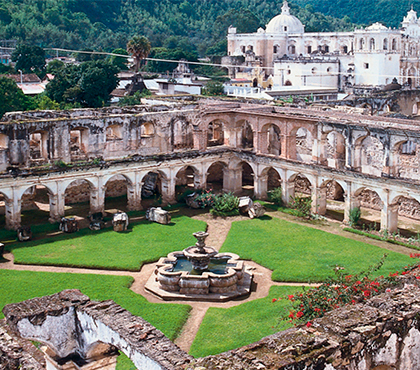
Para obtener más información acerca de la artesanía a mano en Guatemala, puedes iniciar sesión en la sección de Arte y Cultura. Reforzando el sabor internacional de Antigua Guatemala están más de 50 escuelas de español que acogen estudiantes de todo el mundo.
Antigua Guatemala, situada en el Valle de Panchoy, se denominó ‘La Muy Noble y Muy Leal Ciudad de Santiago de los Caballeros de Guatemala “por los conquistadores en 1543 y ha sido declarada Patrimonio de la Humanidad por la UNESCO. La feria patronal de Antigua Guatemala (Santiago: Patrono de los conquistadores) se celebra el 25 de julio. Después de la conquista de los mayas por los españoles, las razas mezclaron sus costumbres y tradiciones y dieron origen a una forma singular de la vida, arte y cultura que se refleja hoy en día en todos los aspectos de Antigua Guatemala.
Lugares para visitar
Entre los maravillosos lugares para visitar en Antigua Guatemala, están:
- La Plaza Mayor (Central Park)
- El Palacio de los Capitanes Generales
- El Museo Colonial
- El Museo del Libro Antiguo
- La Catedral
- El Museo de Santiago o el Palacio del Ayuntamiento (La Municipalidad)
- La Iglesias de La Merced y San Francisco
- El Convento Capuchinas (Ruinas de Nuestra Señora del Pilar)
- Las Ruinas de Santa Clara
- Las ruinas de San Agustín

Parque Central
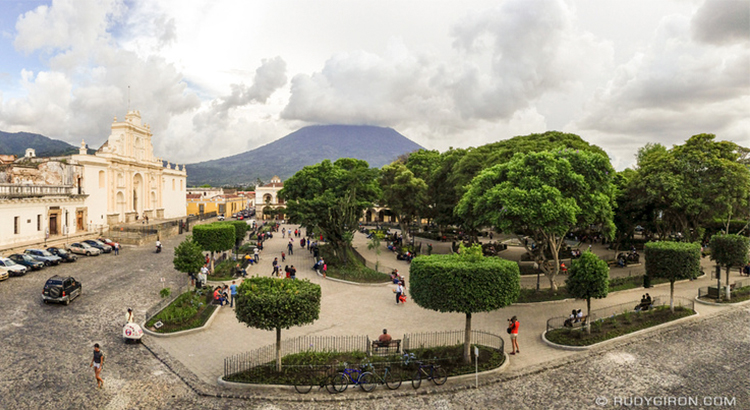
Los visitantes y lugareños por igual disfrutan de La hermosa Plaza Mayor, donde se encuentra La hermosa fuente llamada La Fuente de las Sirenas construida en 1739 por Diego de Porres, rodeada de jardines festivos. Rodeando el Parque Central se encuentra la Catedral Metropolitana, El Palacio de los Capitanes Generales, El Portal del Comercio y El Palacio del Noble Del Ayuntamiento.
Catedral Metropolitana
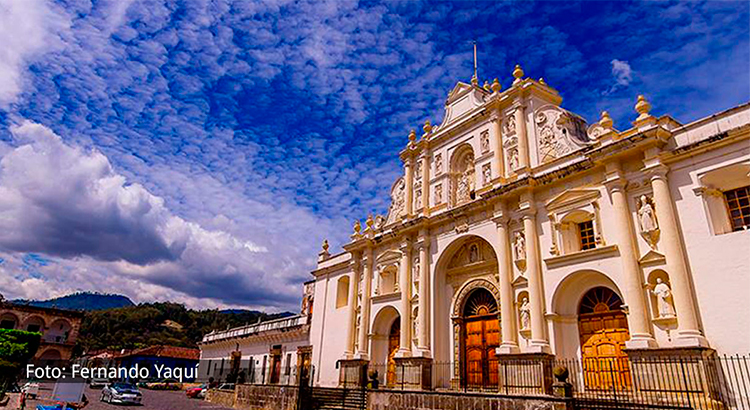
La Catedral Metropolitana fue construida en 1543, La catedral fue semi – destruida por los terremotos a través de los años, pero ahora está parcialmente restaurada y conserva los hermosos detalles coloniales de su arquitectura española.
El Palacio de los Capitanes
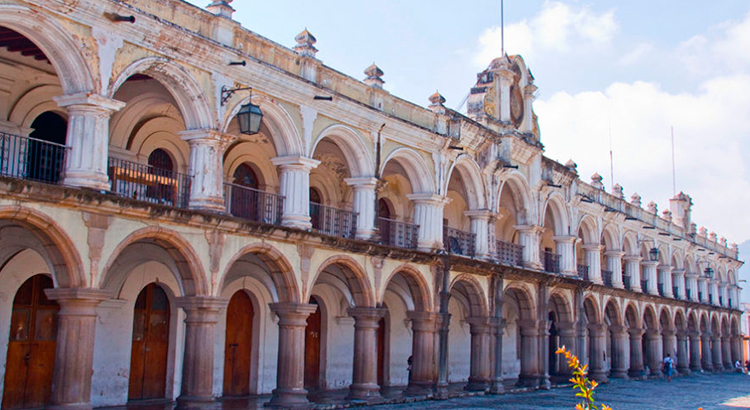
Palacio de los Capitanes Generales, edificio colonial que fue durante varios siglos el palacio de los gobernadores de La España de Reyes. Tiene 26 arcos de dos pisos que se extienden más de cien metros.
Palacio del Noble Ayuntamiento

Palacio del Noble Ayuntamiento en la época colonial (desde 1743) fue la sede del Cabildo Español y más tarde usado como cárcel. Ahora situado ahí está El Museo del Libro Antiguo, El Museo de Santiago y La Municipalidad de Antigua.

